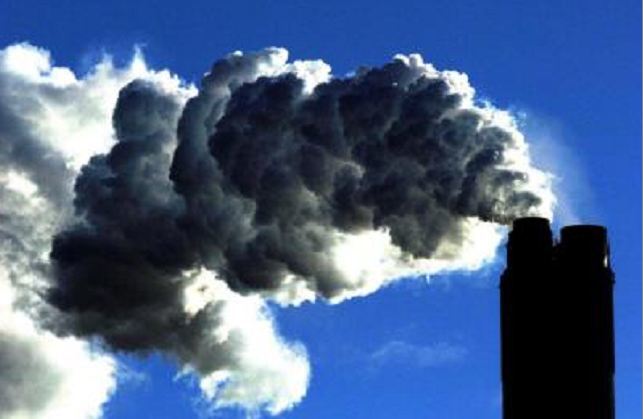
Schemes to take greenhouse gases back out of the atmosphere – from planting trees to new technology – will be needed to meet global climate goals, government advisers have said.
And reducing red meat consumption and increasing video conferencing are among a suite of measures that could be used to cut emissions from “hard-to-treat“ sectors such as agriculture and aviation.
The UK has signed up to the Paris Agreement, which commits countries to keep temperature rises to “well below” 2C above pre-industrial levels, and pursue efforts to limit the temperature increase to 1.5C.
To meet the targets, the world must drive down greenhouse emissions to “net zero” in the second half of the 21st century.
The Committee on Climate Change warned that, while the UK’s existing domestic targets on climate change were “relatively ambitious”, they were not aimed at achieving as low temperature limits or stretch as far into the future as the Paris deal.
And current policies would only deliver around half the emissions cuts the UK needed to make by 2030 to keep it on track to meet its legal target to reduce emissions by 80% on 1990 levels by 2050.
To keep temperature rises to 2C in the most cost-effective way, global carbon emissions would have to hit net zero by the 2050s to 2070s and all greenhouse gases reach zero by the 2080s to 2090s, while a 1.5C target would be even tougher.
Although there have been calls for the UK to set a net-zero emissions target, the committee said it would be too early to put new goals in place.
But the Government must “vigorously pursue” the measures needed to deliver on the existing UK targets.
These include increasing renewables, developing technology to capture and permanently store carbon from power plants, rolling out heat pumps and district heating networks to homes, and making new homes highly energy efficient.
The committee’s chairman Lord Deben warned: “This is not a timescale we can choose.
“It’s a timescale in which the climate is changing at a speed which is more hurried than we might have expected.
“We don’t control the timetable, what we have to do is, within that timetable, to do this in the most cost-effective way.”
The report said that alongside energy efficiency improvements and deploying zero carbon energy sources, meeting the Paris Agreement’s “net zero“ requirement in the UK would mean removing 100 million tonnes of greenhouse gases from the air a year.
This was because some sources of emissions were particularly difficult to tackle, the study said.
The committee’s chief executive Matthew Bell said: “One of the things that is clear in the ambition of Paris is, if we’re going to reach net zero emissions by the end of the century, it’s quite likely we’re going to need some combination of greenhouse gas removal technologies in place to remove some of the carbon dioxide that will offset some of the emissions that are still taking place.”
Methods for actively removing greenhouse gases from the air could include burning wood for electricity and then capturing the emissions, planting trees and using wood in construction.
Processes to directly remove emissions from air could be developed, or a form of charcoal created from plant matter known as “biochar” which could then be buried in the ground.
The Government needed to support the development and deployment of schemes to remove carbon from the air.
Tackling emissions from sectors such as agriculture and aviation could require “stretching” options such as reduced red meat consumption in diets and substantial biofuel use in planes.
Ministers must prioritise innovation to further reduce emissions from these areas and help shift demand to low-carbon options such as more virtual conferencing to replace international travel, the committee said.
Recommended for you
